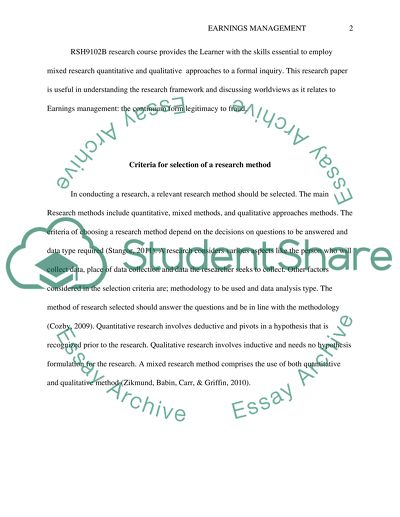Cite this document
(“The Continuum From Legitimacy to Fraud Research Paper - 2”, n.d.)
Retrieved from https://studentshare.org/finance-accounting/1455231-earnings-management-the-continuum-from-legitimacy
Retrieved from https://studentshare.org/finance-accounting/1455231-earnings-management-the-continuum-from-legitimacy
(The Continuum From Legitimacy to Fraud Research Paper - 2)
https://studentshare.org/finance-accounting/1455231-earnings-management-the-continuum-from-legitimacy.
https://studentshare.org/finance-accounting/1455231-earnings-management-the-continuum-from-legitimacy.
“The Continuum From Legitimacy to Fraud Research Paper - 2”, n.d. https://studentshare.org/finance-accounting/1455231-earnings-management-the-continuum-from-legitimacy.


